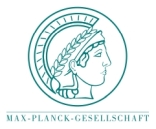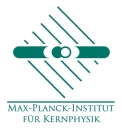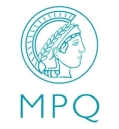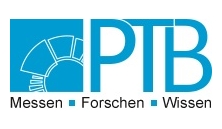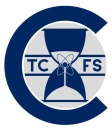Max Planck-RIKEN-PTB Center for
Time, Constants and Fundamental SymmetriesRecent News
Researchers from the MPIK present new experimental and theoretical results for the bound electron g-factor in lithium-like tin which has a much higher nuclear charge than any previous measurement. The experimental accuracy reached a level of 0.5 parts per billion. Using an enhanced interelectronic QED method, the theoretical prediction for the g-factor reached a precision of 6 parts per billion.
Please read more in the Science article ![]() and the press release of MPIK
and the press release of MPIK ![]() .
.
Further press releases:
The BASE international research collaboration, in which Heinrich Heine University Düsseldorf (HHU) is strongly involved, has successfully relocated protons outside of an antimatter laboratory for the first time with the help of an autonomous, open Penning trap. This breakthrough marks a significant step toward transporting antiprotons produced at the European Organisation for Nuclear Research (CERN) to high-precision laboratories such as BASE-HHU, which operate independently of the research facility. As the researchers now explain in the scientific journal Nature, extremely precise measurements to compare matter and antimatter are only possible far from accelerator facilities.
Please read more in the Nature article ... >
Nature Podcast about the publication ![]()
More information also in the following press releases:
When world-leading teams join forces, new findings are bound to be made. This is what happened when quantum physicists from the Max Planck Institute for Nuclear Physics (MPIK) and the Physikalisch-Technische Bundesanstalt (PTB) in Braunschweig combined atomic and nuclear physics with unprecedented accuracy using two different methods of measurement. Together with new calculations of the structure of atomic nuclei, theoretical physicists from the Technical University of Darmstadt and Leibniz University Hannover were able to show that measurements on the electron shell of an atom can provide information about the deformation of the atomic nucleus. At the same time, the precision measurements have set new limits regarding the strength of a potential dark force between neutrons and electrons. The results have been published in the journal Physical Review Letters.
Please read more in the Physical Review Letters article ... >
Further information also in the press releases of the MPIK ![]() and the press release of the Physikalisch-Technische Bundesanstalt
(PTB).
and the press release of the Physikalisch-Technische Bundesanstalt
(PTB).
